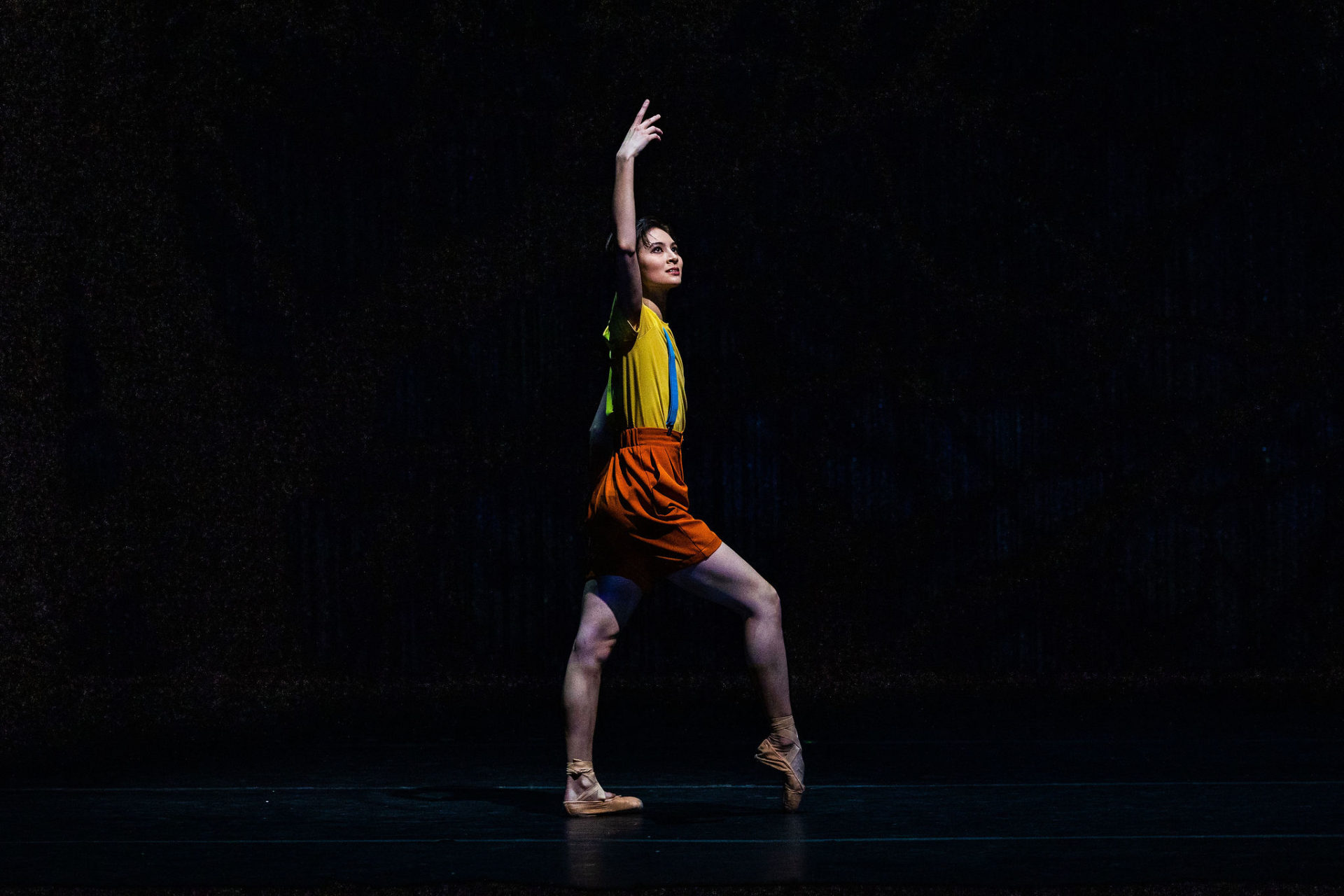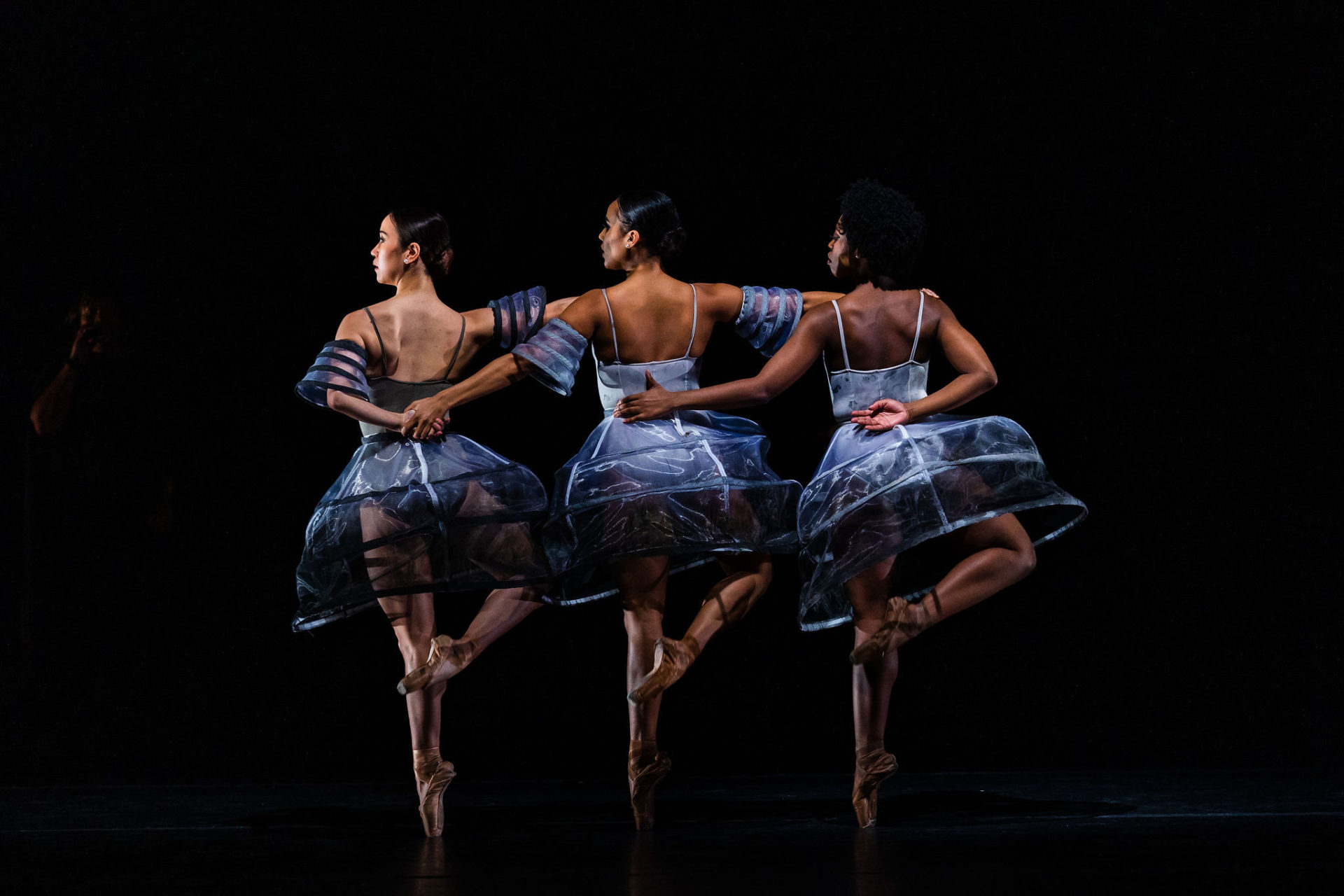At TPAC
The Nashville Ballet Publishes an Anthology of Nashville History
Before I returned home to Middle Tennessee, I binged ballet in New York and Houston, two American cities with world-class ballet companies. Having left decades ago when classical and modern dance were not even a twinkle in the toes of little would-be ballerinas in endless recitals, I must admit the binging represented a certain lack of faith that my dance options in Nashville would supply anything beyond the annual Nutcracker recurrence common in the most cities.
In New York, studying with a writer whose career began as a dancer, I had been engulfed in classical Japanese bugaku dance, classical western dance with the American Ballet Theater, historical western dance with the New York Baroque Dance Company, and a plethora of modern dance troupes, like Alvin Ailey Dance Theater, and of course, the quintessential Dance Theatre of Harlem and New York City Ballet. I had come back once for a short-term residency at Belmont University when they opened their dance program years ago.
So my expectations in Nashville took on a “wait and see” posture. And when my first Music City Review dance assignment—an exciting Nashville Ballet program of new choreographies set to two of my absolute favorite pieces of ballet music, Aaron Copland’s Billy the Kid and Igor Stravinsky’s The Firebird—ended in failure due to an untimely outbreak of Covid in the orchestra, I had a moment of fellow feeling with Tennyson’s Lady of Shalott when she cried out, “the curse is come upon me.” I had been curious about the courage, or chutzpah, NB director Paul Vasterling must have to approach choreographers highest in the pantheon of modern dance, like NYCB’s George Balanchine and Eugene Loring, whose Billy the Kid is often placed alongside Agnes de Mille’s choreography of Copland’s Rodeo.

Things picked up when I reviewed Malpaso, the fascinating and highly skilled modern dance troupe from Cuba, hosted by OZ Arts, but still, that wasn’t homegrown product. Anthology finally introduced me to how much Nashville’s dance has flourished while I have been away. It did not disappoint.
Set in the Nashville City Cemetery, Anthology is a series of stories ranging from laborers to law enforcement, puppies to painters, archeology to art. One of the most intriguing aspects was something unexpected. I had anticipated competent dancing and, in the Music City, well-performed music, but the imaginative amalgamation of a piano quintet (2 violins, viola, cello, piano) playing haunting modern music, a deeply romantic Beethoven piano trio, a country music singer, a gospel trio with jazz skills, and dance that smoothly leaped from classical European to modern American to traditional African styles caught, and kept, my attention.
Muted stage lighting in the opening scene revealed hanging slats suggesting aerial tombstones. The entire first half of seven vignettes was choreographed by Vasterling, with one exception. Jordan Lehning’s opening music, akin to the mysticism found in the music of famed Estonian composer, Arvo Pärt, draped the audience perfectly in the lush yet melancholy ambiance of the Nashville City Cemetery. Much of the costuming matched the initial gray mood and sets while the “Living One” is appropriately dressed in bright primary colors.
As the Living One, Sarah Pierce served well as a jaunty choreographic narrator, a throughline gently threading the stories of Anthology together. Her movements, dressed in a child’s shirt, shorts, suspenders, and a yellow cap represented the joys of living, particularly the gesture of hopping on one foot in hopscotch fashion, then ending maturely en pointe. Her intermittent presence unified tales ranging from prehistoric times to the 1960s
Highlights of the second scene included shadowy figures behind a misty curtain, figures slowly strolling onto the stage, dropping to the floor and, in the 1200 AD vignette, writhing on the floor like earthworms buried underground near the graves. Another effective moment was the lovely fusion of Beethoven’s “Ghost” trio in the 1960s section with variegated clusters of ghostly dancers all clad in variegated shades of gray: pas de deux, pas de trois of two men, a man and a woman, two men and a woman. This section is meant to tell the story of a philanthropist, the woman he chose to marry, and his true love, another man.

Sidra Bell’s BA in History and MFA in Choreography made the 1880s a perfect segment for her tale of Lucinda Bedford, an African American woman who was one of Nashville’s wealthiest residents. The elegance of this section was well-complemented by the bright 1929 “Buddy” section, a tribute to loyal pets. After a twenty-minute intermission, Vasterling’s work shared the stage with individual vignettes by Shabaz Ujima, Aeron Buchanan, Mollie Sansone, and Windship Boyd.
Although it was premiered during Black History Month and did include both stories of, and choreographies by, African Americans, one bit of disappointment was the lack of music by black composers or even epigraphs from black writings. Yes, black dancers were featured and yes, music with black sensibilities was represented, but music is so vital to dance, its absence was notable.
Another issue, trickier to address, is the difference between the quality of material and the quality of performance. Sometimes in concerts, a disjunct occurs between these two vital elements. For example, a poor performance can undermine the reception of a fine new work.
On the other hand, a stellar performance can make a weak work seem better than it is. Country musician Morgan Karr, also known as MORGXN, sat on a stool stage left dressed in a black suit with red floral sparkles that gave just the right tribute to country music’s rhinestone cowboys of bygone days. And his lovely voice, much like Dolly Parton or Alison Krauss, or other Nashville cats with voices “clean as country water,” was a fresh addition to the programming, but lyrics with redundant ideas like “you’re the only one I’m dreaming of” and “hold me till the world falls apart” drained some of the purity from that water.
Similarly, asking a relatively new composer like Lehning to compete with a master like Beethoven takes more than I witnessed. Lehning’s compositions began effectively, but after a while, the choreographic creativity outstripped that of the music. This disconnect loomed largest in the 1870s segment on Ella Sheppard Moore, a founding member of the Fisk Jubilee Singers. Claudia Monja danced with polished grace, but the music seemed a bit out of place for honoring spirituals.
Windship Boyd, guest artist who is also cofounder of AfricaNashville, an organization dedicated to connecting American and African cultures, opened Act II, Scene 3 with one of the most charming vignettes of the evening, celebrating Albertine Maxwell, founder of the Nashville Ballet Society. The transition from lockstep classical Barbies coming to life as they follow one wild spirit, freeing themselves from their toe shoes, finding the full flexible glories of their dancing bodies, worked beautifully to lighten an otherwise somber mood.
Metaphorically, the Maxwell account rhymed with Shabaz Ujima’s African-influenced “Speak Their Names” in Scene 1. Ujima frames his narrative around a conjure woman leading members of a formerly enslaved family celebrating their reunion in the afterlife. Both Ujima and featured artist, young Cyrus Pittman, a student from the School of Nashville Ballet, put to rest one of my main concerns. With all the other featured artists born and trained elsewhere, I couldn’t help but wonder if Nashville Ballet is growing its own crop of dancers to seed its future. But both Ujima and Pittman are Nashville trained. Ujima left and returned, having enriched his obvious gifts through travel. This was one of the most well-received sections of the program.
Despite the eclectic mix of disparate dance styles, musical genres, and choreographers, Vasterling preserves an underlying unity, a unity that is part of the ideal American dynamic. In its inclusion of these living artists and these stories of Nashville’s vibrant past, Anthology is a fitting testimonial to the director’s creativity and the future of dance in Nashville.




[…] In 2022-2023 I had a “Wait and See” attitude. From 2022–2023: […]